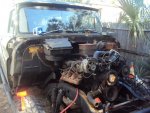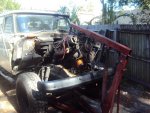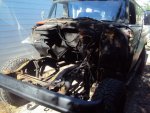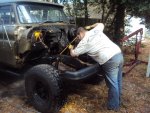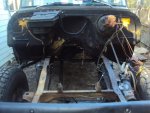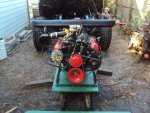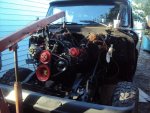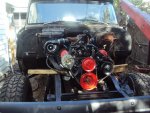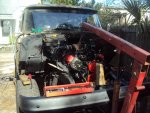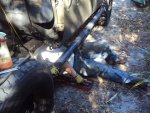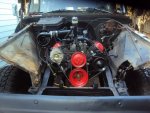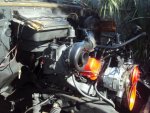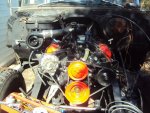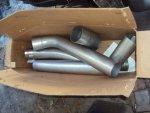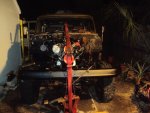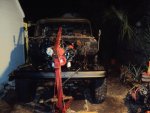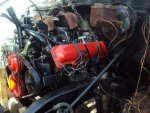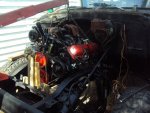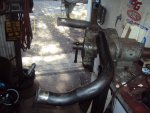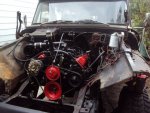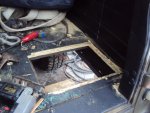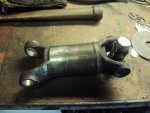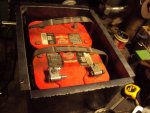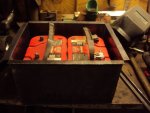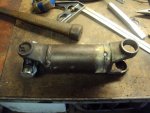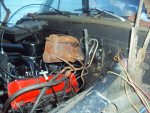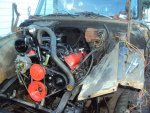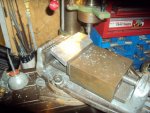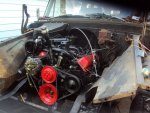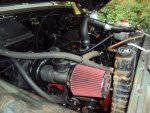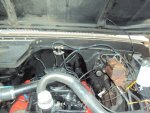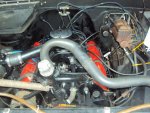Clearances
i did not rebuild the motor so i never did anything with the rings
Non-turbo and turbo GM diesels (6.2s and 6.5s) use exactly the same clearances. Same ring-end gaps, same piston skirt clearances, same piston ring side clearances. For all, they vary slightly for cylinders 1 to 6, and for 7 and 8.
When checking over any 6.2 block, checking for hair-line cracks on the main bearing webs is the biggest concern. I have doubt that stud-girdles to anything to preserve block life - but I assume they can't hurt.
When GM finally addressed that cracking problem, they did it by making the oustide bolts on the main caps smaller to leave more iron in the block. If a stud girdle would of fixed the problem, I assume they would of used it.
Cylinder heads is another issue. Big valve heads on 6.2s are very prone to cracking. Small valve heads not so bad. The newest replacement Chinese heads are better yet. - I assume. They are much heavier built.
I also would never run more then 8 PSI boost IF you want an engine that's going to last a long time.
A few specs:
1999 GM turbo 6.5 diesel CR 20.2 to 1
Keystone rings - top ring end gap - (.25-.61 mm) .01” to.024”
2nd ring gap (.72-1.07 mm) .028” - .043”
Keystone rings side clearance - top - .0015” - .0052”
Piston skirt clearance - #1 to #6 .0035” to .0049”
Piston skirt clearance - #7 and #8 .004” - .0054”
Timing chain deflection:
New - .5” used - .8”
1986 GM 6.2 non-turbo diesel CR 21.3 to 1
Piston ring - top ring gap .03-.55 mm (.001” - .021”)
2nd ring gap - .75-1 mm (.029” - .039”)
Piston ring side clearance - top .076-.178 mm (.0029” - .007”)
2nd ring side clearance - .039-.080 mm (.0015” -.003”)
Piston skirt clearance - #1 to #6 .089 -.1145 mm Bohn (.0035”-.0045”)
Piston skirt clearance - #7 and #8 .102-.128 mm Bohn (.004”-.005”)
Piston skirt clearance - #1 to #6 .112-.138 mm Zollner (.004”-.005”)
Piston skirt clearance - #7 and #8 .125-.151 mm Zollner (.0049”-.0056”)


